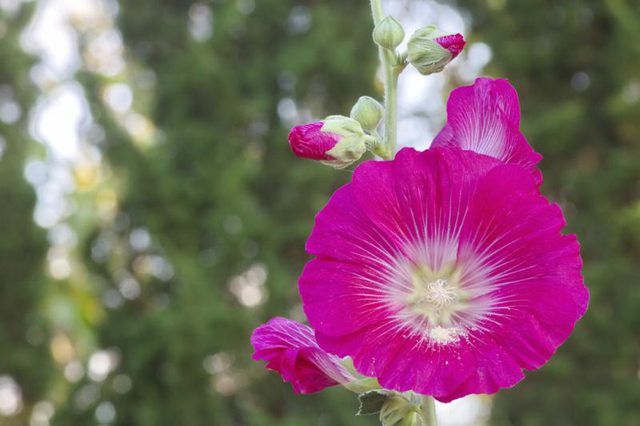Bulbs
Flower Basics
Flower Beds & Specialty Gardens
Flower Garden
Garden Furniture
Garden Gnomes
Garden Seeds
Garden Sheds
Garden Statues
Garden Tools & Supplies
Gardening Basics
Green & Organic
Groundcovers & Vines
Growing Annuals
Growing Basil
Growing Beans
Growing Berries
Growing Blueberries
Growing Cactus
Growing Corn
Growing Cotton
Growing Edibles
Growing Flowers
Growing Garlic
Growing Grapes
Growing Grass
Growing Herbs
Growing Jasmine
Growing Mint
Growing Mushrooms
Orchids
Growing Peanuts
Growing Perennials
Growing Plants
Growing Rosemary
Growing Roses
Growing Strawberries
Growing Sunflowers
Growing Thyme
Growing Tomatoes
Growing Tulips
Growing Vegetables
Herb Basics
Herb Garden
Indoor Growing
Landscaping Basics
Landscaping Patios
Landscaping Plants
Landscaping Shrubs
Landscaping Trees
Landscaping Walks & Pathways
Lawn Basics
Lawn Maintenance
Lawn Mowers
Lawn Ornaments
Lawn Planting
Lawn Tools
Outdoor Growing
Overall Landscape Planning
Pests, Weeds & Problems
Plant Basics
Rock Garden
Rose Garden
Shrubs
Soil
Specialty Gardens
Trees
Vegetable Garden
Yard Maintenance
How to Grow Hollyhocks From Seed
How to Grow Hollyhocks From Seed. Providing tall spikes of large summer blooms, hollyhocks (Alcea rosea) grow best from seed sown outdoors in their final growing sites. Hardy in U.S. Department of Agriculture plant hardiness zones 2 through 10, hollyhocks are short-lived perennial plants that are often grown as biennials, growing one year and...

Providing tall spikes of large summer blooms, hollyhocks (Alcea rosea) grow best from seed sown outdoors in their final growing sites. Hardy in U.S. Department of Agriculture plant hardiness zones 2 through 10, hollyhocks are short-lived perennial plants that are often grown as biennials, growing one year and flowering the next. Hollyhocks self-seed in favorable conditions, so only one sowing often provides plants that return year after year.
Preparing the Soil
Deep, moist, rich soils in full-sun sites sheltered from wind provide the best start for hollyhock seeds. Break up the soil in the intended hollyhock patch to a depth of 12 to 18 inches with a garden fork. Mix in 3 or 4 inches of compost, well-rotted manure, leaf mold or other fine, moist organic matter. At the same time, mix in a ready-to-use, granular 16-20-0 fertilizer at a rate of 2 ounces per 2 square feet. Firm the soil lightly with your feet or hands to make it level, and rake the surface until it's fine and crumbly.
Sowing Hollyhocks
In most areas the best time for sowing hollyhock seeds is spring or fall, when frequent rain keeps the ground moist, but you can sow through the growing season to two months before the local average annual frost date. Spring-sown plants may flower the same year or the next, and fall-sown plants flower the following year. Scatter the seeds thinly over the prepared soil, but don't cover them with soil because hollyhock seeds need light to sprout. Water the seeds using a fine hose spray attachment on a watering can or garden hose, until the ground is moist to a depth of 2 inches. Water the seed regularly so that the ground stays moist. Seedlings usually appear in 10 to 14 days.
Caring for Seedlings
Careful watering and feeding helps hollyhocks grow healthily. Water seedlings and established hollyhocks when the soil surface dries out, slowly applying enough water to puddle on the soil surface but drain away within one or two minutes. In spring, fertilize fall-sown hollyhocks and plants that were sown the previous spring but haven't flowered. Spread a ready-to-use, slow-release 12-4-8 fertilizer at a rate of 4 tablespoons per 4 square feet around the plants, avoiding their stems. Mix the fertilizer lightly into the soil surface. Spread a 2-inch layer of organic mulch over the soil between the plants in early summer to conserve soil moisture, keeping mulch from touching stems.
Thinning Seedlings
Hollyhock seedlings must be thinned out to encourage strong, healthy growth. When hollyhock seedlings develop their second pair of leaves, remove enough seedlings to leave 3 to 4 inches between each plant. This prevents the hollyhocks from competing for light, water and nutrients. When the plants are 3 to 4 inches tall, remove more seedlings so that the remaining plants are spaced according to their final growing widths. For example, the cultivar "Nigra" (Alcea rosea "Nigra") grows 18 to 24 inches wide so these plants should be spaced at least 18 inches apart. Remove the smallest, weakest seedlings to provide the healthiest plants. Once the seedlings mature, staking may be required if the hollyhocks are grown in sites not sheltered from wind.